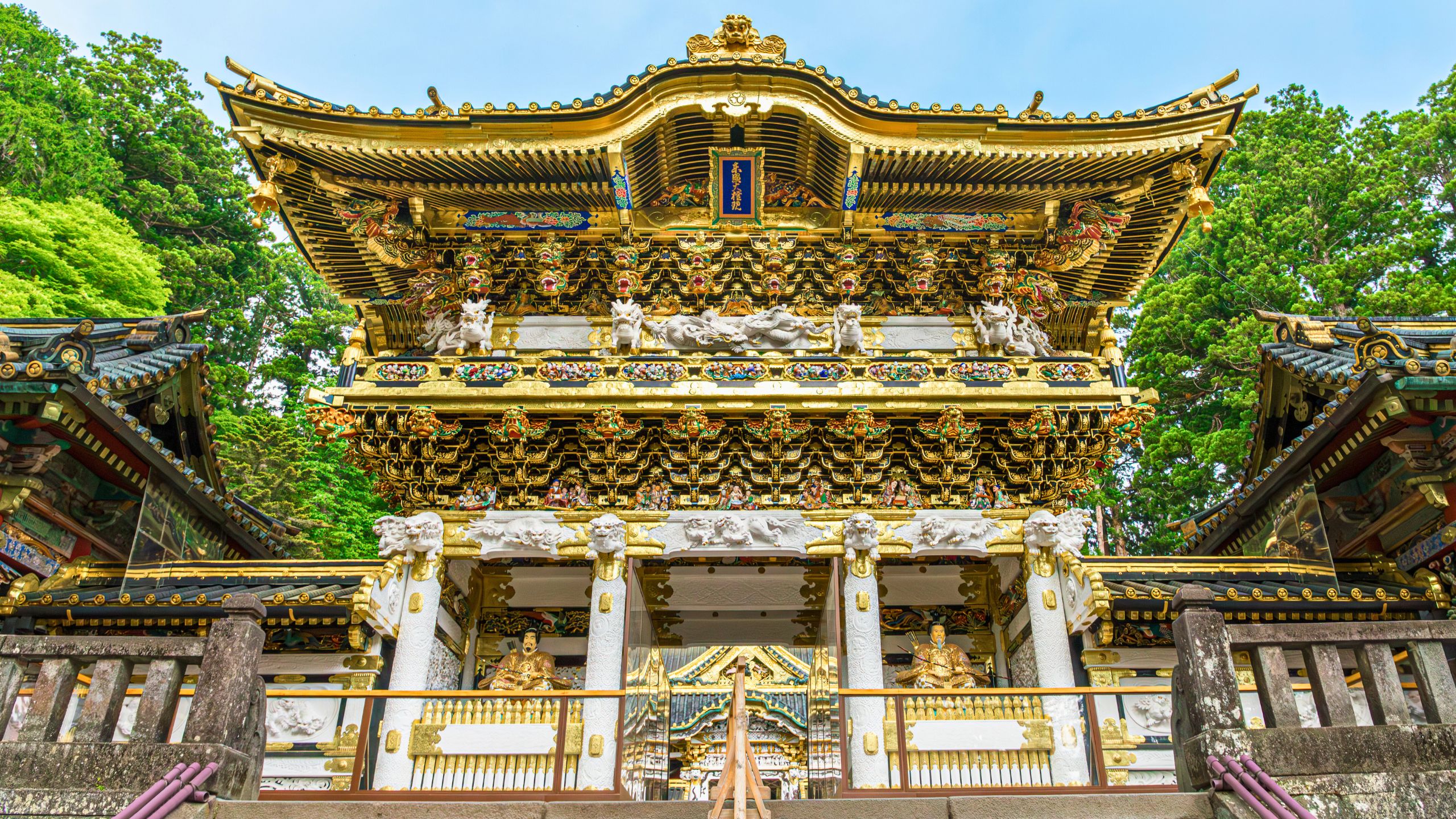Overview
Nikkō Tōshōgū is a magnificent Shinto shrine in Tochigi Prefecture, dedicated to Tokugawa Ieyasu, the founder of the Tokugawa Shogunate. It is part of the UNESCO World Heritage Site “Shrines and Temples of Nikkō.” The shrine complex is famous for its intricate wood carvings, including the “Three Wise Monkeys,” and lavish gold leaf decorations. Visitors are captivated by the rich historical and cultural significance, as well as the serene natural surroundings. As one of Japan’s most important and visually stunning shrines, Nikkō Tōshōgū attracts millions of tourists and worshippers every year.
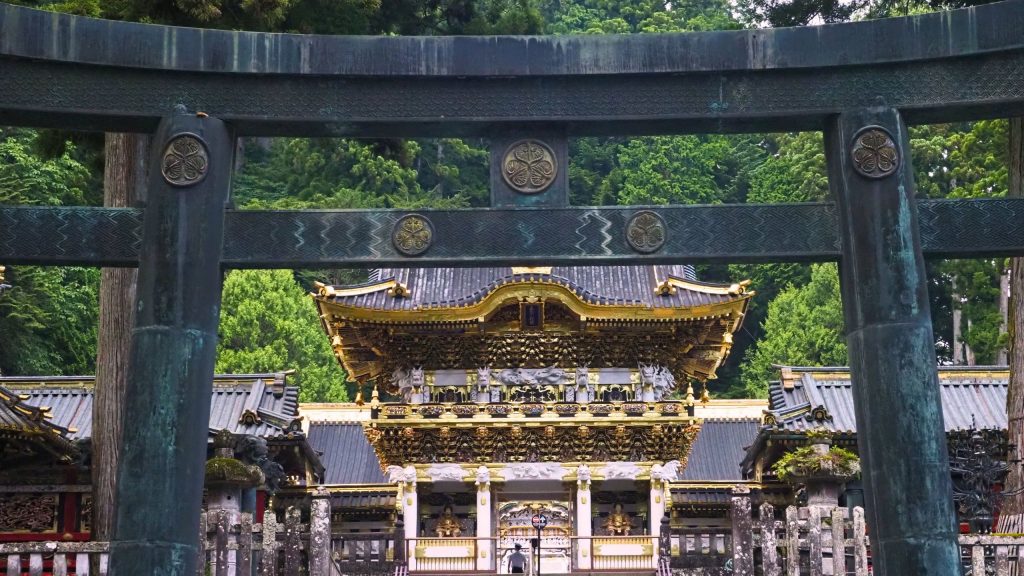
A Masterpiece of Edo Architecture
Nikkō Tōshōgū is a striking example of Edo-period architecture, blending Shinto and Buddhist styles. The Yōmeimon Gate, also called the “Sunset Gate,” is the most iconic structure, known for its elaborate carvings and colorful details. Another remarkable feature is the richly decorated main hall (Honden), which houses the spirit of Tokugawa Ieyasu. The Gojūnotō (Five-Story Pagoda) and various auxiliary shrines contribute to the site’s grandeur. The artistic complexity and use of bright colors distinguish it from other traditional Japanese shrines.



Symbolic Carvings and Spiritual Significance
Nikkō Tōshōgū is well known for its symbolic carvings, each with deep meaning. The “Three Wise Monkeys” depict the principle “See no evil, hear no evil, speak no evil.” The Sleeping Cat (Nemuri-neko) represents peace, while the Crying Dragon (Nakiryu) painting inside a hall creates a unique acoustic effect. These artistic elements reflect both spiritual beliefs and the values of the Edo period. The shrine is not only a religious site but also a treasure trove of historical artistry and philosophy.

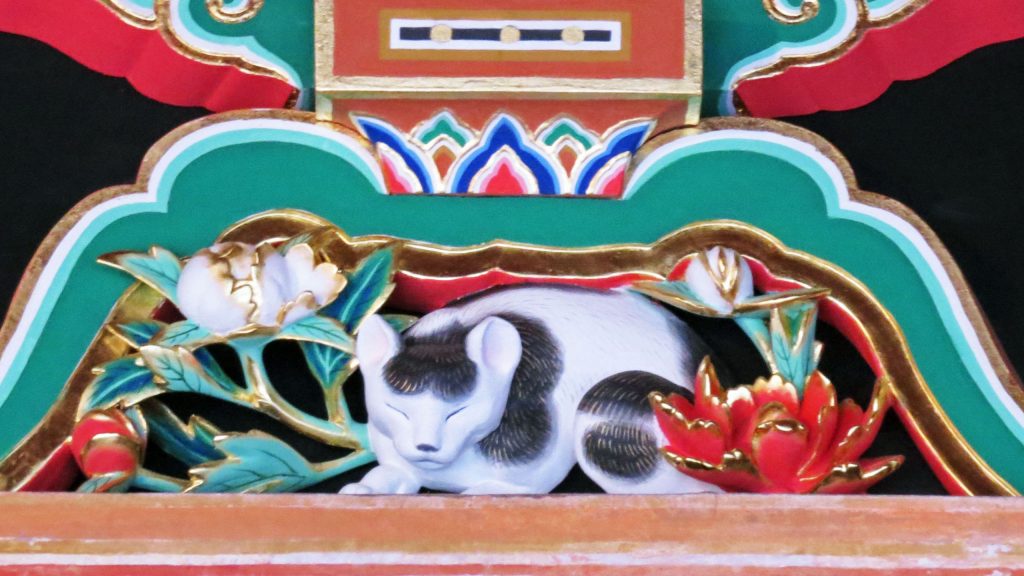
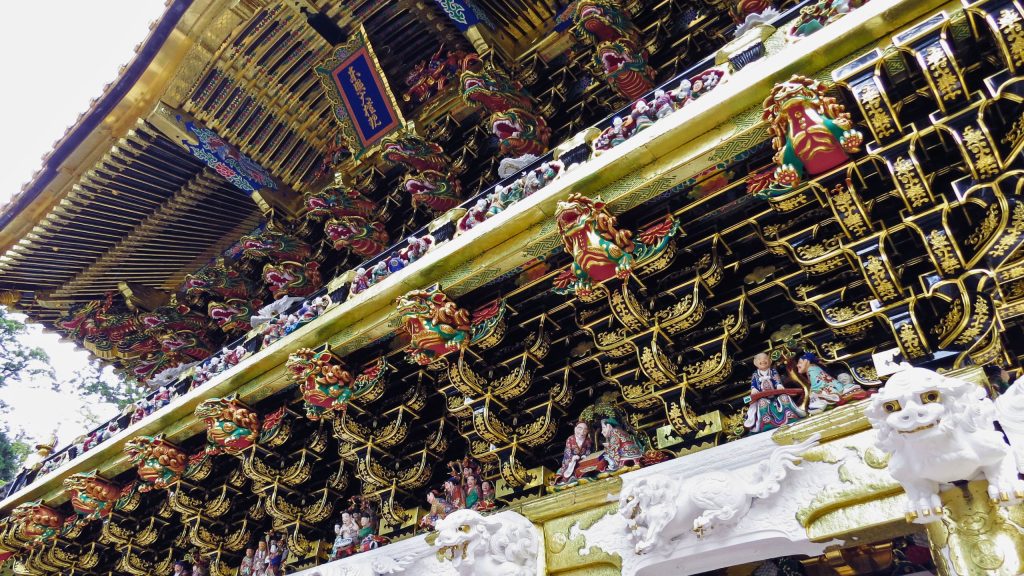
A Shrine with a Legacy
Built in 1617, Nikkō Tōshōgū enshrines Tokugawa Ieyasu, Japan’s first shogun. The shrine was expanded into its current form in 1636 under the rule of Tokugawa Iemitsu, Ieyasu’s grandson. Since then, it has served as a place of worship and admiration for the Tokugawa family and the public. Despite fires and natural disasters, careful restorations have preserved its splendor. The shrine’s historical importance extends beyond Japan, drawing scholars and visitors from around the world.
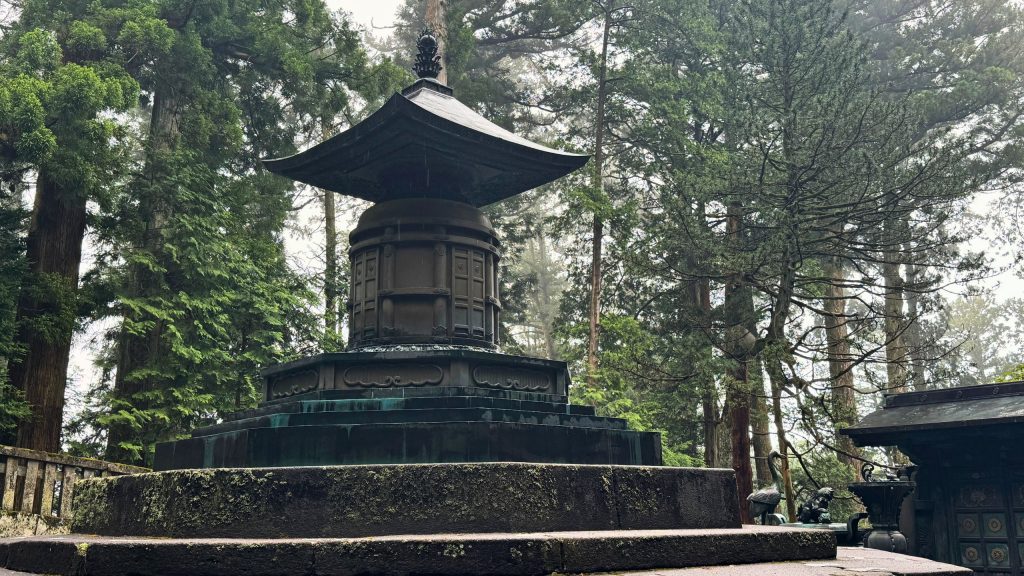
Annual Events
Nikkō Tōshōgū hosts many vibrant festivals and ceremonies throughout the year:
- Spring Grand Festival
Features a grand procession with 1,000 participants in samurai attire. - Autumn Grand Festival
A reenactment of Ieyasu’s remains being transferred to Nikkō, with a majestic parade. - Shunki Reitaisai
Includes Yabusame (horseback archery) and various traditional performances. - Setsubun Festival
Celebrates the arrival of spring with bean-throwing rituals to drive away evil spirits.
Local Delicacies and Souvenirs
The area around Nikkō Tōshōgū offers delicious food and unique souvenirs:
- Yuba (Tofu Skin)
A specialty of Nikkō, often served in sushi, soup, or as a snack.
- Yuba Manju
Sweet buns filled with red bean paste wrapped in yuba. - Nikkō Castella
A soft and fluffy sponge cake, a popular gift.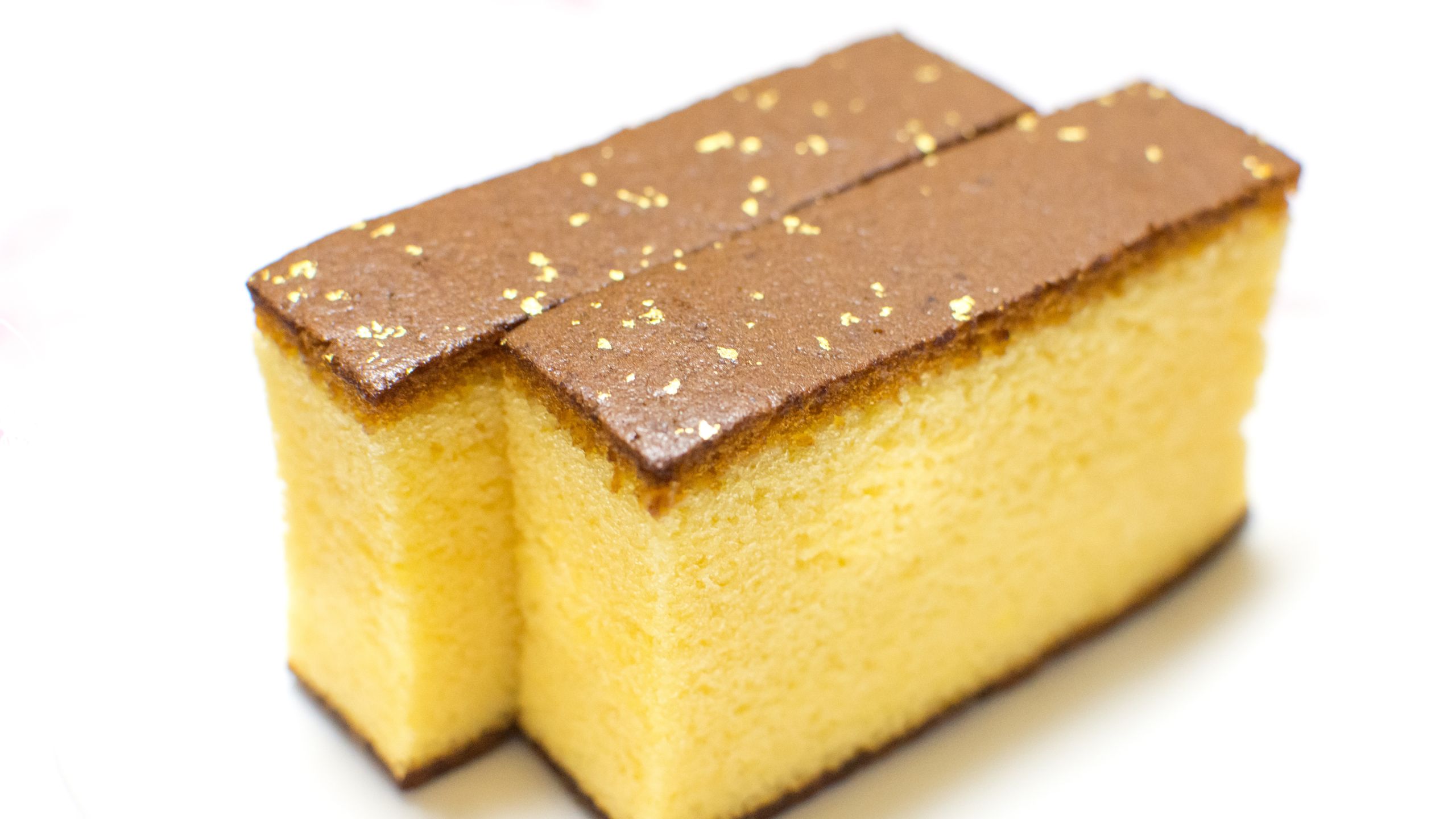
- Wooden Crafts and Lucky Charms
Handmade carvings and shrine amulets for good fortune.
Access
- By Train
Take the JR Tōhoku Shinkansen to Utsunomiya, then transfer to the JR Nikkō Line (approx. 2 hours from Tokyo). - By Tobu Railway
From Asakusa, take the Tobu Limited Express to Tobu Nikkō Station (approx. 2 hours). - By Bus
From JR or Tobu Nikkō Station, take a bus to the Tōshōgū stop (approx. 10 minutes). - By Car
Approximately 2.5 hours from Tokyo via the Tōhoku Expressway and Nikkō Utsunomiya Road.
2301 Yamauchi, Nikko City,
Tochigi Prefecture, 321-1431, Japan

